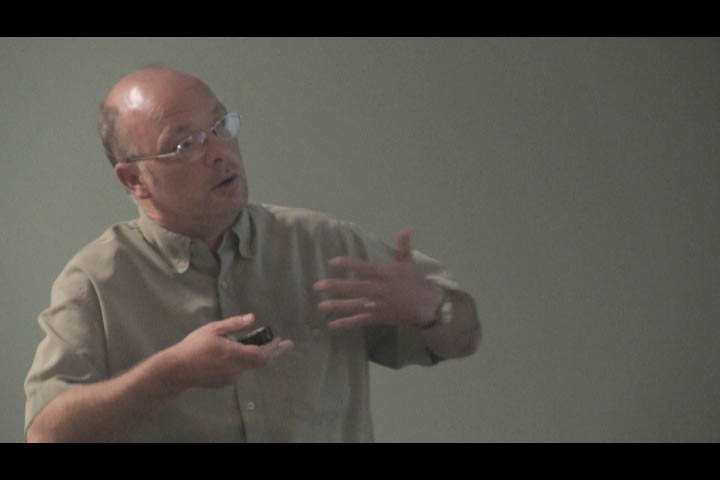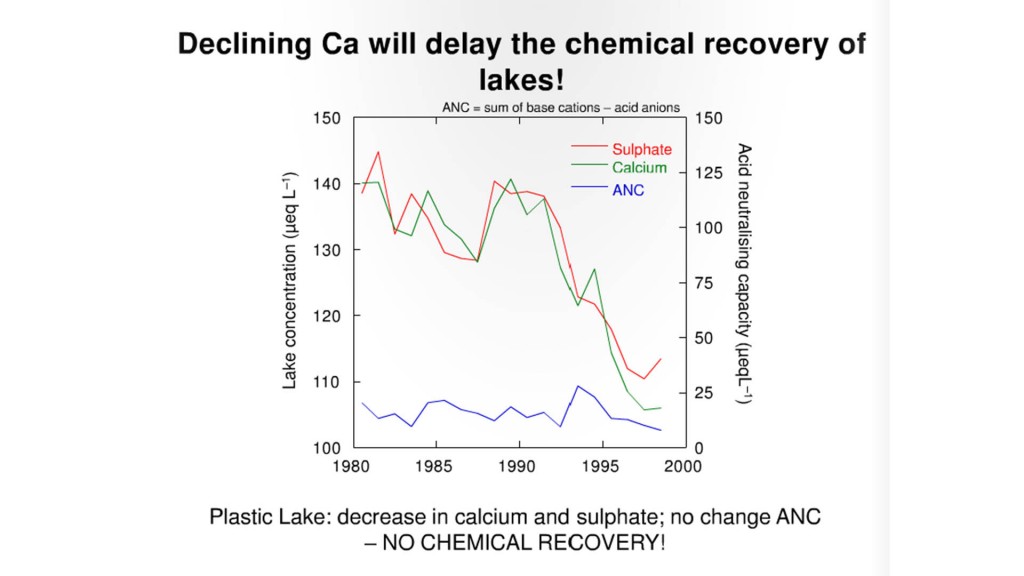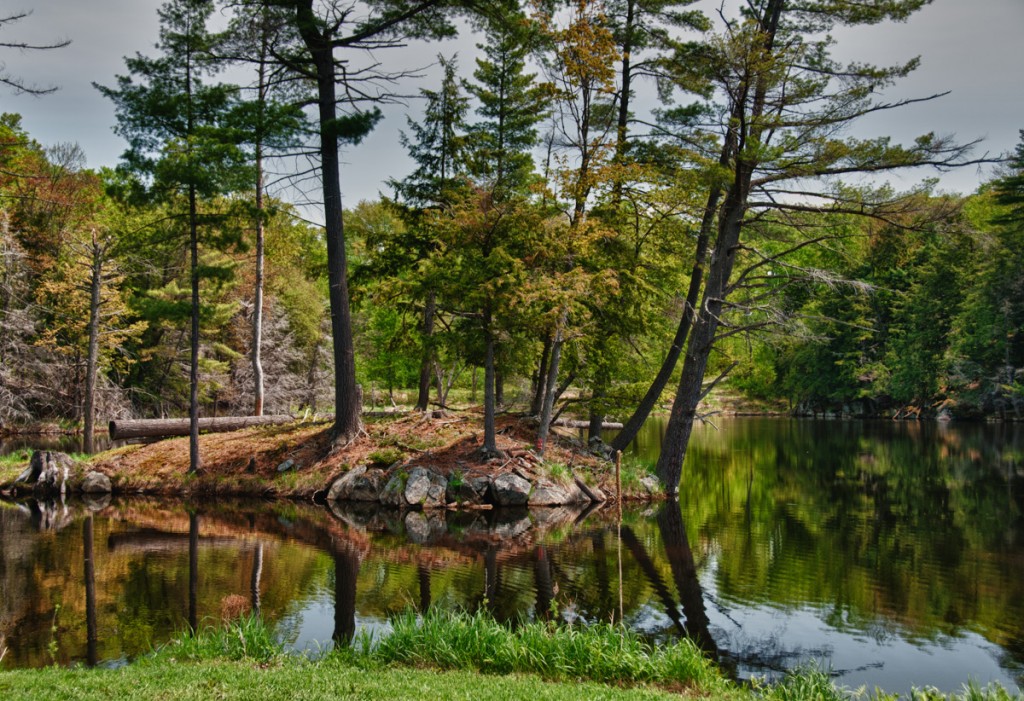This is the most important thing you can do today to help protect the Muskoka watershed which gives us all so much everyday!
The Muskoka Watershed Council has launched an online campaign to bring the 2014 Watershed Report Card to life! This new user-friendly digital report card will provide information on water quality; phosphorus levels in your lake, the likelihood your lake will get algal blooms, the health of your wetlands and tons more. What is not measured cannot be managed. If you love Muskoka and care about protecting its natural beauty please get involved! There are many ways you can help:
- Receive exciting rewards by donating
- Interested in a classic boat cruise for 2?
- Leave comments on the campaign page
- What do you think of this project?
- Share the link with interested friends and family members
- Know anyone who loves our scenic environment? Fwd this email!
Please visit the campaign page for further details about this project. It is important to have active participation during the first week of the campaign, so please do what you can to share the care of this special place of rocks, trees, and especially water, that we all love. A small contribution can make a big difference to the protection of our environment. Tell us what you think of the campaign by leaving a comment on the campaign page: www.igg.me/at/StewardshipWorks.
We are very fortunate to have such a passionate network of people supporting our mission to champion watershed health in Muskoka and its associated watersheds.
Thank you!

















